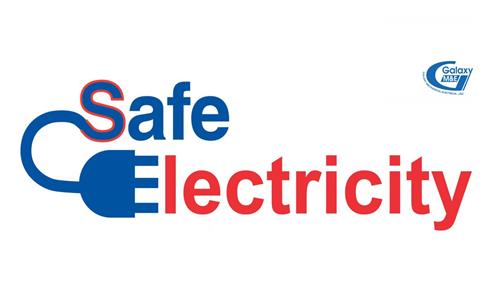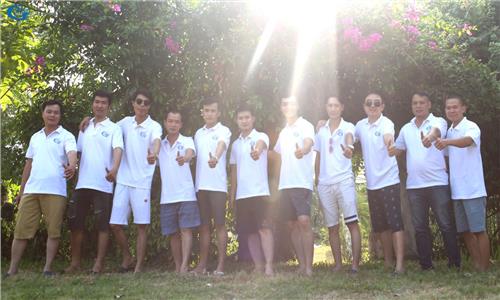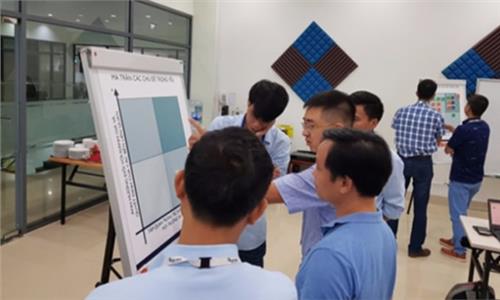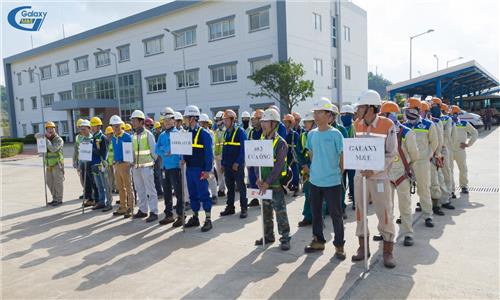3 electrical safety regulations for individuals
Out of 27 articles of Decree No.14/2014/ND-CP guiding the implementation of the Electricity Law on electricity safety, 3 articles apply to all individuals and organizations living in Vietnam. Details of this will be discussed below.
One of the causes leading to electrical accidents is due to ignorance, intentional or unintentional violations of regulations on safe distance of discharges, building houses in the area of protecting electricity grid safety corridors. When electrical problems occur, not only are individuals affected, but people and property are also impacted. Because of this, Decree No.14/2014/ND-CP was established to provide detailed provisions for the implementation of articles regarding electrical safety. Out of 27 articles of Decree No.14/2014/ND-CP guiding the implementation of the Electricity Law on electricity safety, 3 articles apply to all individuals and organizations living in Vietnam. Details of this will be discussed below.
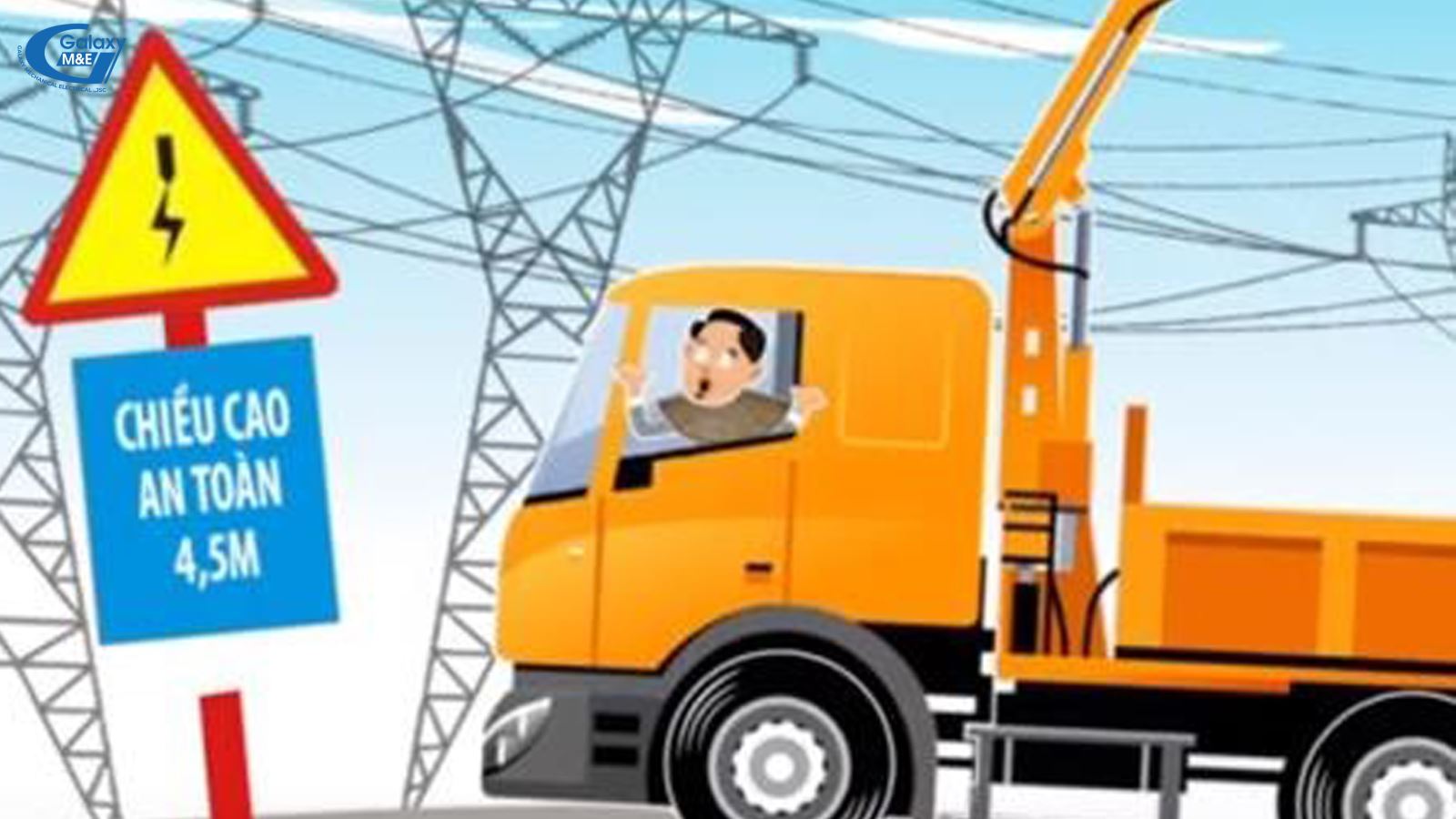
At the cross sections between overhead conducting line, road and railway the minimum height of conductor at the lowest point when the conductor is in the state of maximum deflection is equal to 4.5 meters plus the security distance according to voltage level.
1. Safety distance of electrical discharge by voltage level (Article 10)
1.1 The safety distance of electrical discharge by voltage level is specified in Clause 1, Article 51 of the Electricity Law in the following table:
| Voltage | Up to 22 kVNaked wire | 35 kV | 110 kV | 220 kV | ||
| Insulated wire | Naked wire | Insulated wire | Naked wire | Naked wire | Naked wire | |
| Safety distance of electrical discharge | 1.0 m | 2.0 m | 1.5 m | 3.0 m | 4.0 m | 6.0 m |
1.2. The safety distance of electrical discharge by voltage level specified in Clause 4, Article 51 of the Electricity Law is the minimum distance from the conducting wire to the nearest point of equipment, tool and working means in the safety corridor of high-voltage grid and is specified in the following table:
| Voltage | Up to 22 kV | 35 kV | 110 kV | 220 kV | 500 kV |
| Safety distance of electrical discharge | 4.0 m | 4.0 m | 6.0 m | 6.0 m | 8.0 m |
1.3. The safety distance of electrical discharge by voltage level specified in Clause 5, 6 and 7, Article 51 of the Electricity Law is the minimum distance from the conducting wire at the state of deflection to the highest point of the protected subjects and is specified in the following table:
| Voltage Safety distance of electrical discharge | Up to 35 kV | 110 kV | 220 kV | 500 kV |
| Up to the highest point (4.5m) of the road vehicles | 2.5 m | 2.5 m | 3.5 m | 5.5 m |
| Up to the highest point (4.5m) of the road vehicles | 3.0 m | 3.0 m | 4.0 m | 7.5 m |
| Up to the clearance height at technical level of inland waterway | 1.5 m | 2 m | 3.0 m | 4.5 m |
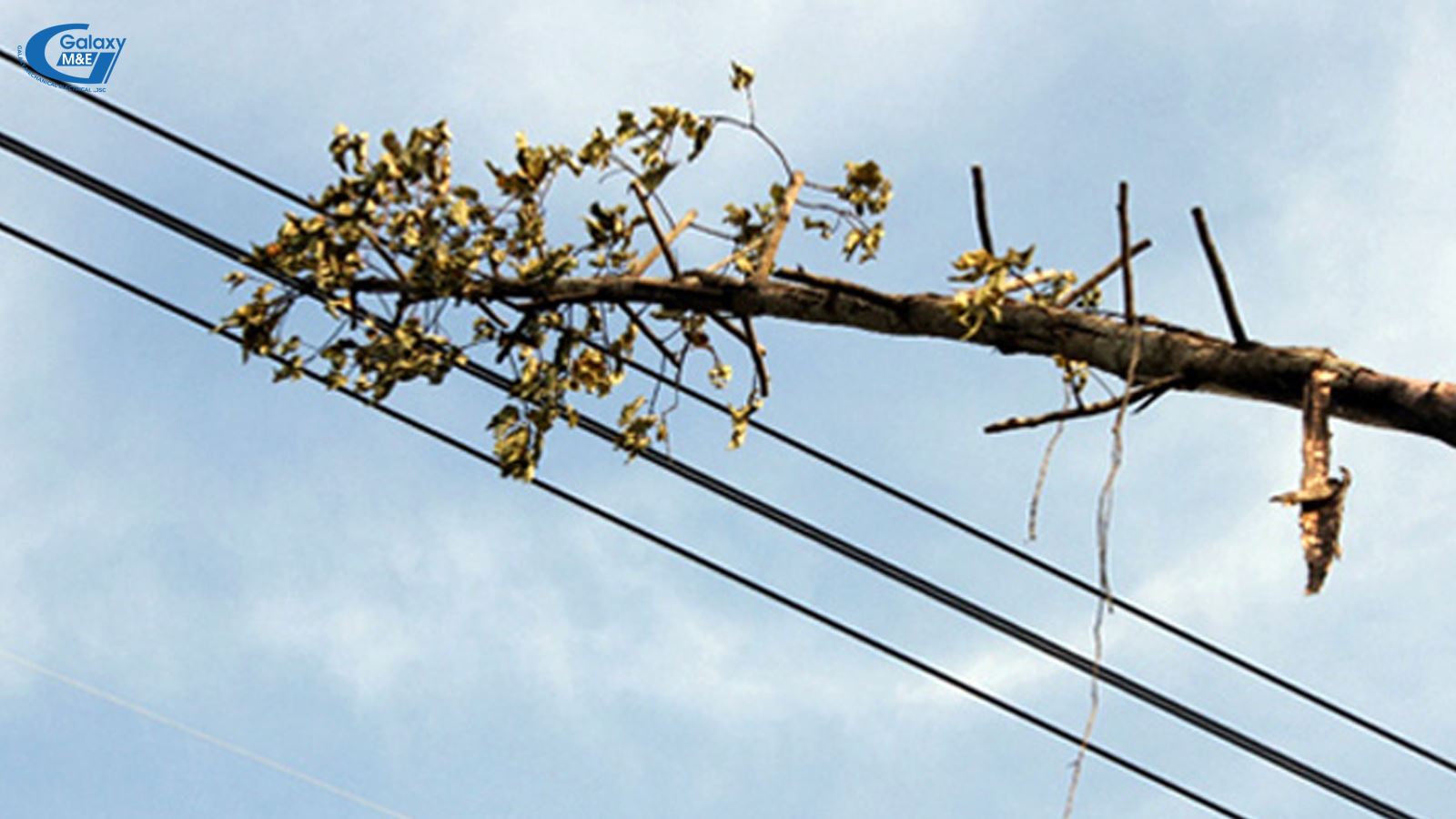
Absolutely do not plant trees within the protection of high tension power lines.
2. Trees in and outside the safety corridor of overhead conducting line (Article 12)
2.1. In case there are trees in the safety corridor of overhead conducting line, the distance is specified as follows:
a. For conducting line with voltage up to 35 kV in cities, towns…, the distance from any point of the trees to the conducting wire in the state of maximum deflection is not less than the distance specified in the following table:
| Voltage | Up to 35 kV | |
| Distance | Insulated wire | Naked wire |
| 0.7 m | 1.5 m | |
b) For the line with voltage from 110 kV to 500 kV in cities, towns…, the trees must not be higher than the lowest conducting line except for special cases, there must be technical measures to ensure the safety permitted by the People’s Committees of provinces and centrally-run cities (provincial People’s Committees). The distance from any point of the trees to the conducting line at the state of maximum deflection must not be less than the distance specified in the following table:
| Voltage | 110 kV | 220 kV | 500 kV |
| Distance | Naked wire | ||
| 2.0 m | 3.0 m | 4.5 m | |
c) For the lines outside cities, towns…, the distance from the highest point of the trees vertically to the height of the lowest conducting line at the state of maximum deflection is not less than the distance specified in the following table:
| Voltage | Up to 35 kV | 110 kV | 220 kV | 500 kV | |
| Distance | Insilated wire | Naked wire | Naked wire | ||
| 0.7 m | 2.0 m | 3.0 m | 4.0 m | 6.0 m | |
2.2. In case the trees are outside the safety corridor of overhead conducting line and outside the cities, towns…, the distance from any part of tree when the tree falls to any part of line must not be less than the distance specified in the following table:d) For the overhead conducting line across special-use forest, protection forest, production forest and garden, the vertical distance from the average height of trees maximally grown to the lowest conducting line at the state of maximum deflection must not be less than distance specified at Point c, Clause 1 of this Article.
| Voltage | Up to 35 kV | 110 and 220 kV | 500 kV |
| Distance | 0.7 m | 1.0 m | 2.0 m |
2.4. Rice, crops and plants must only be planted at least 0.5 m from the pole foundation and sleeper.2.3. For trees which rapidly grow within 03 months and possibly violate the distance specified in Clause 1 and 2 of this Article. For the trees which have no longer economic efficiency must be fallen and not be planted again.
3. Existing conditions of houses and works within the safety corridor of overhead conducting line with voltage up to 220 kV (Article 13)
Houses and constructional works are permitted to exist within the safety corridor of overhead conducting line with voltage up to 220 kV if meeting the following conditions:
3.1. Roof and wall must be made of non-combustible materials.
3.2. No obstruction of way in and out for testing, maintenance and replacement of parts of high-voltage grid.
3.3. The distance from any part of houses or works to the nearest conducting line when the line is at the state of maximum deflection is not less than the distance specified in the following table:
| Voltage | Up to 35 kV | 110 kV | 220 kV |
| Distance | 3.0 m | 4.0 m | 6.0 m |
3.5. For houses and works within the safety corridor of overhead conducting line with voltage of 220 kV, besides meeting the above conditions, the metal structures of houses and works must be connected to earth under regulations on earthing techniques.3.4. The electric field intensity is less than 5 kV/m at any point outside the house and one meter (01) from the ground and less than or equal to 1 kV/m at any point inside the house and one meter (01) from the ground.
3.6. The Ministry of Industry and Trade stipulates in detail the scope and earthing techniques of metal structure of houses and works within and adjacent to the safety corridor of overhead conducting line with voltage from 220 kV and above.

The above are specific provisions of Decree No. 14/2014/ND-CP related to individuals and organizations participating in the use of electricity and / or living in Vietnam. For individuals who directly install, operate, repair electrical equipment, employers need to organize electrical safety training courses as prescribed in Circular No. 31/2014-BCT of Ministry of Industry and Trade.






